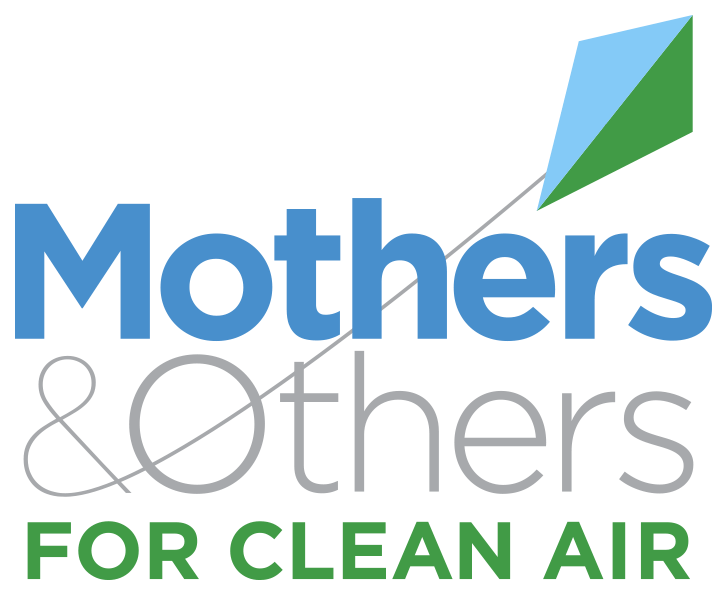Objective: To assess how environment and race may impact childhood asthma prevalence. Methods: I analyzed data from CDC WONDER (www.wonder.cdc.gov). I performed descriptive statistics on average fine particulate matter for various states, as well as descriptive statistics on childhood asthma prevalence for various states. I determined if there was a correlation between states with higher prevalence of childhood asthma and states with higher levels of fine particulate matter using Pearson correlation. I used ANOVA with post hoc test to determine childhood asthma prevalence based on race/ ethnicity in the various states.
Results: The mean fine particulate matter in the 49 states was 11.653 μg/m³ (standard deviation = 1.559). The state with the lowest level of fine particulate matter was New Mexico with 9.09 μg/m³ and the state with the highest level of fine particulate matter was Indiana with 14.36 μg/m³. The mean asthma prevalence in the 29 states was 8.821% (standard deviation 2.67). The state with the lowest level of asthma prevalence was Minnesota 4.5% and the state with the highest asthma prevalence was Massachusetts with 15.8%. There is no correlation between the 27 states as it relates to asthma prevalence and fine particulate matter level. The correlation strength was 0.027 and the p value = 0.893. Blacks had the highest asthma prevalence compared to White Non Hispanic (NH), Other NH, and Hispanics and there was a statistically significant difference between blacks and the other races as it relates to asthma prevalence (Figure 1).
Published Jan 1, 2020
McKnight, S. (2020). The Relationship between Asthma, Race & Fine Particulate Matter in the United States. Scholarship in Medicine - All Papers. https://corescholar.libraries.wright.edu/scholarship_medicine_all/39
